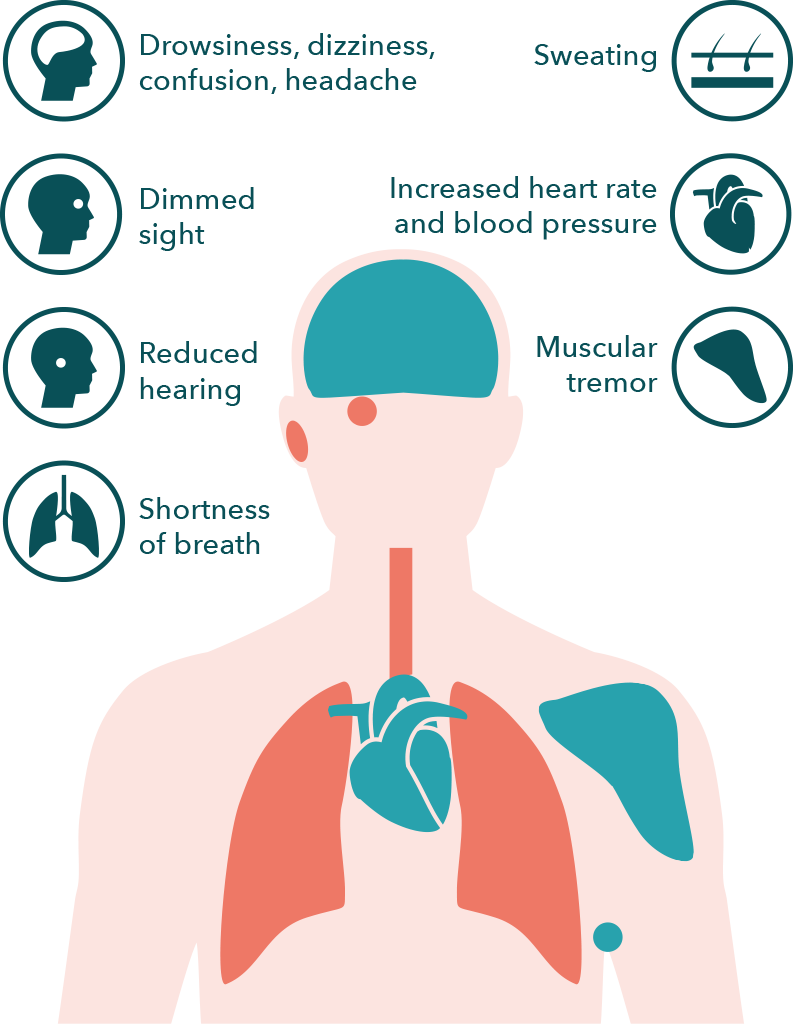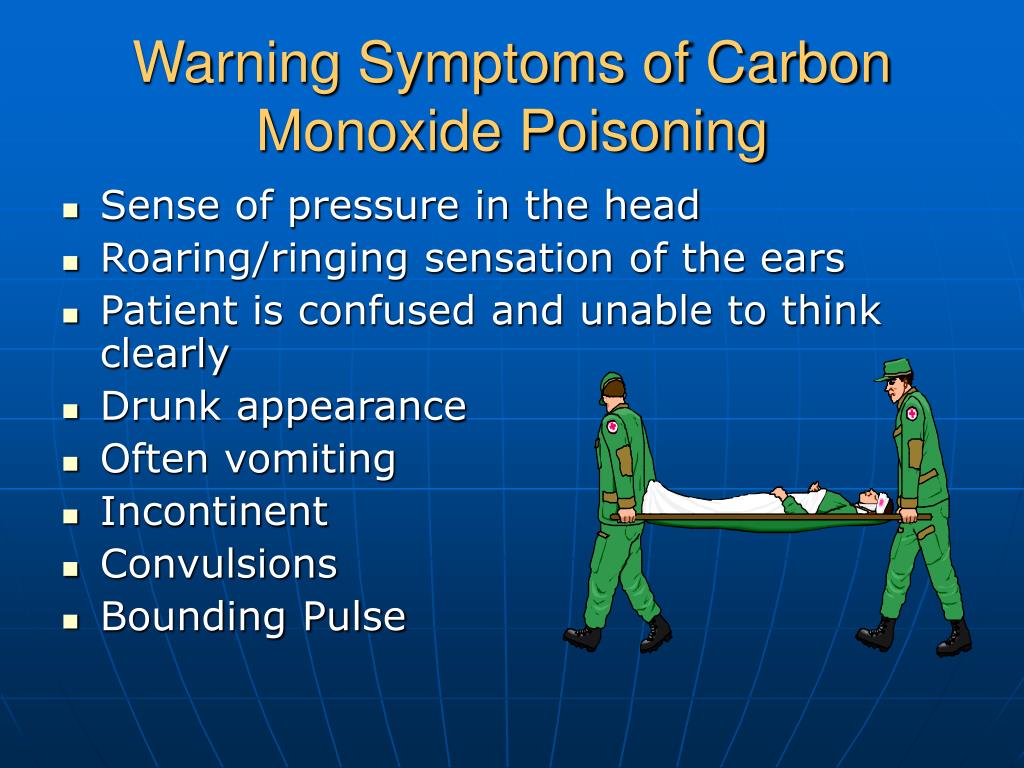

- #Symptoms of carbon dioxide poisoning in humans generator
- #Symptoms of carbon dioxide poisoning in humans portable
- #Symptoms of carbon dioxide poisoning in humans professional
#Symptoms of carbon dioxide poisoning in humans generator
burning fuel in an enclosed or unventilated space – for example, running a car engine, petrol-powered generator or barbecue inside a garage, or a faulty boiler in an enclosed kitchen.blocked flues and chimneys – this can stop carbon monoxide escaping, allowing it to reach dangerous levels.Other possible causes of carbon monoxide poisoning include:
#Symptoms of carbon dioxide poisoning in humans portable
The risk of exposure to carbon monoxide from portable devices may also be higher in caravans, boats and mobile homes. Incorrectly installed, poorly maintained or poorly ventilated household appliances, such as cookers, heaters and central heating boilers, are the most common causes of accidental exposure to carbon monoxide. Gas, oil, coal and wood are sources of fuel used in many household appliances, including: loss of consciousness – in cases where there are very high levels of carbon monoxide, death may occur within minutesĬarbon monoxide is produced when fuels such as gas, oil, coal and wood do not burn fully.īurning charcoal, running cars and the smoke from cigarettes also produce carbon monoxide gas.an uncontrollable burst of electrical activity in the brain that causes muscle spasms (seizures).chest pain caused by angina or a heart attack.breathlessness and a heart rate of more than 100 beats per minute (tachycardia).loss of physical co-ordination caused by underlying damage to the brain and nervous system ( ataxia).the feeling that you or the environment around you is spinning ( vertigo).

#Symptoms of carbon dioxide poisoning in humans professional
If this is the case, you should investigate the possibility of a carbon monoxide leak and ask a suitably qualified professional to check any appliances you think may be faulty and leaking gas. Your symptoms may be less severe when you're away from the source of the carbon monoxide. The symptoms can gradually get worse with prolonged exposure to carbon monoxide, leading to a delay in diagnosis. The symptoms of exposure to low levels of carbon monoxide can be similar to those of food poisoning and flu.īut unlike flu, carbon monoxide poisoning does not cause a high temperature.



 0 kommentar(er)
0 kommentar(er)
